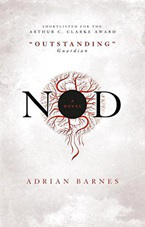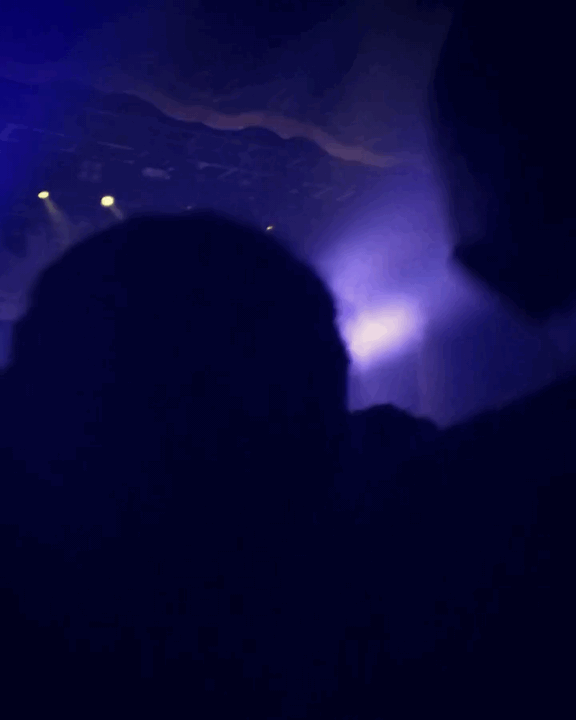John and Henry Sheares were the sons of John Sheares, a member of the Irish Parliament who represented the Borough of Clonakilty. They were born at Goldenbush, Co Cork. Henry was the elder of the two, and was educated at Trinity College Dublin. Henry was called to the bar in 1790. John, who was three years younger, had obtained the rank of barrister-at-law two years previously. Writing in 1886, D.S Sullivan noted that:
Even in the days of Emmet and Wolfe Tone, of Russell and Fitzgerald, when men of education, talent, and social standing were not few in the national ranks, the Sheareses were hailed as valuable accessions to the cause, and were recognised by the United Irishmen as heaven-destined leaders for the people.
The brothers had witnessed the incredible scene of Louis XVI going towards the guillotine in the Place de la Revolution, and John was even said to have dipped his red handkerchief in the blood of the former King. On one occasion, it was said that Sheares had flaunted this blood stained handkerchief under the nose of Daniel O’Connell. This incident was said to occur on a packed boat from France to England, days after the beheading, and in a piece on O’Connell written for The Irish Story, Brian Igoe noted that:
Daniel asked how, in Heaven’s name, they could bear to witness such a barbaric, hideous spectacle. The answer horrified him. “For the love of the cause”, they said. Cork men both, these were the brothers John and Henry Sheares.
Upon their return to Dublin, the brothers wasted little time in joining the emerging Society of the United Irishmen, and John on occasion would even chair public meetings of the organisation.It was not until the French declaration of war on Britain that this society was outlawed, prior to that it had held open meetings at venues like Tailors Hall. The United Irish movement was crippled by informers however, and the Sheares were to fall victim to the plague of informers within the organisation in time too.
John and Henry Sheares came into contact with John Warneford Armstrong through Patrick Byrne’s bookshop on Grafton Street. This bookshop was hugely important to radical circles in Dublin at the time, and Ruán O’Donnell has noted that it was “the main publisher and seller of radical material in Dublin” at the time. Armstrong held the rank of Captain-Lieutentant in the King’s Co militia, based at Loughlinstown, but expressed strong radical sympathies on visits to Byrne’s bookshop. James Quinn has noted in his biographical sketch of Armstrong that “On 10 May 1798 Byrne, a United Irishman, introduced him to United leaders John and Henry Sheares as ‘a true brother’”. Armstrong formed a friendship with the brothers, even visiting them at their home on Lower Baggot Street. The brothers wondered if Armstrong could bring his regiment over to the United Irish cause, and were totally unaware that Armstrong was leaking information to his superiors. The Sheares’ home was located on Lower-Baggot Street. On occasion, Armstrong even sat and played with the children of Henry, while all the time collection information to arrest the brothers. On the 21st of May, Henry was arrested at this property. His brother was arrested on the same day on French Street (later Upper Mercer Street). They were quickly brought before Judge Carleton, and tried for treason.
In his history of eighteenth-century Ireland, William Lecky wrote that “the evidence of Captain Armstrong was clear and conclusive, and there could be no rational doubt of the guilt of the prisoners.” The brothers were hanged on 14 July 1798, outside of Newgate Prison. Today, their faces feature in the statue of Erin monument there. Hung, drawn and quartered, they walked to their death on the gallows clasping hands. As was the custom of the time, the heads of the men were held aloft following their deaths. It was a tragic and brutal end to the lives of two brave Protestant revolutionaries.
Their bodies were taken to St Michan’s, and as D.S O’Sullivan wrote in 1886:
The bodies of the patriots were interred on the night of the execution in the vaults of St. Michan’s church, where, enclosed in oaken coffins, marked in the usual manner with the names and ages of the deceased, they still repose. Many a pious visit has since been paid to those dim chambers–many a heart, filled with love and pity, has throbbed above those coffin lids–many a tear has dropped upon them.
These coffins would decay in time, leading one visitor in 1832 to write that “the common jail shells in which they repose sufficiently identified them, and – the headless trunk! I could stay no longer, but rushed into the open air.”
The historian Richard Robert Madden was responsible for placing the bodies in lead and oak coffins in 1853. Madden wrote a history of the 1798 insurrection, and was in-correspondence with figures such as Jemmy Hope who were central to the story of the uprising His history is available to read in full here.
By the 1940s, the vault in which the brothers rest was in dire need of restoration, and this task was carried out by a memorial committee. In 1940 the brothers were encased in wooden coffins, guaranteed to last a hundred years. John McCann T.D led the Brothers Sheares Memorial Committee, and a Dublin business man by the name of R.J Nichols bore the cost of the coffins for the two men. Among those present were descendants of the two men.
Today, a small plaque outside the church informs visitors that the remains of the brothers are found here. The plaque contains the harp of the United Irish movement, around which the words ‘Equality – it is new strung and shall be heard’ are to be found. The brothers are remembered in the song ‘By Memory Inspired’, in which it is sung:
We saw a nation’s tears
Shed for John and Henry Sheares;
Betrayed by Judas, Captain Armstrong;
Photo: The Sheares brothers coffins at St Michan’s Church. A replica of their execution order (where it instructs the condemned men to be hung, drawn and quartered), and a street-lamp similar to that of their time, were also placed in the vault.






